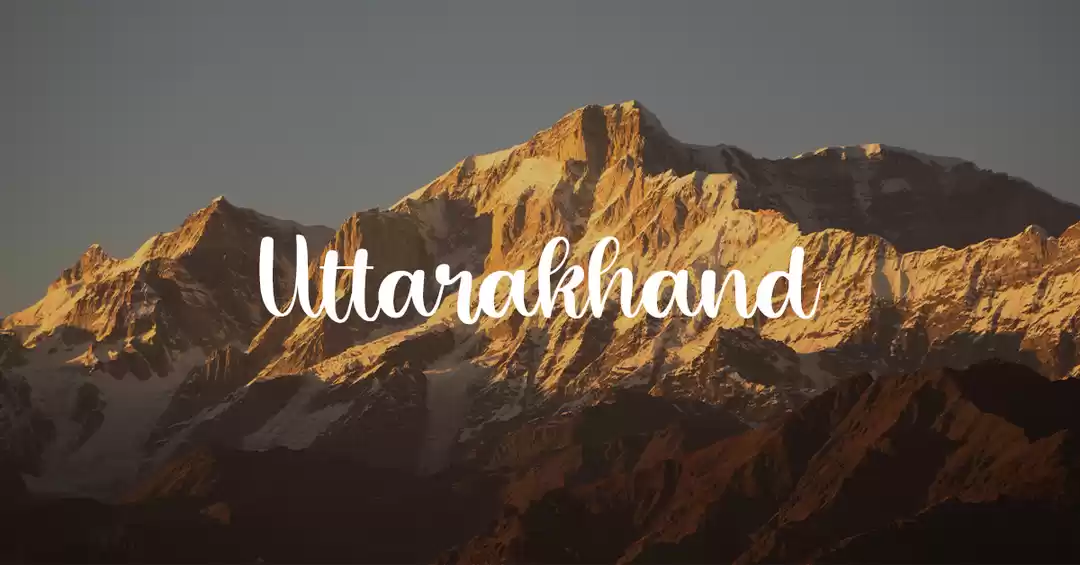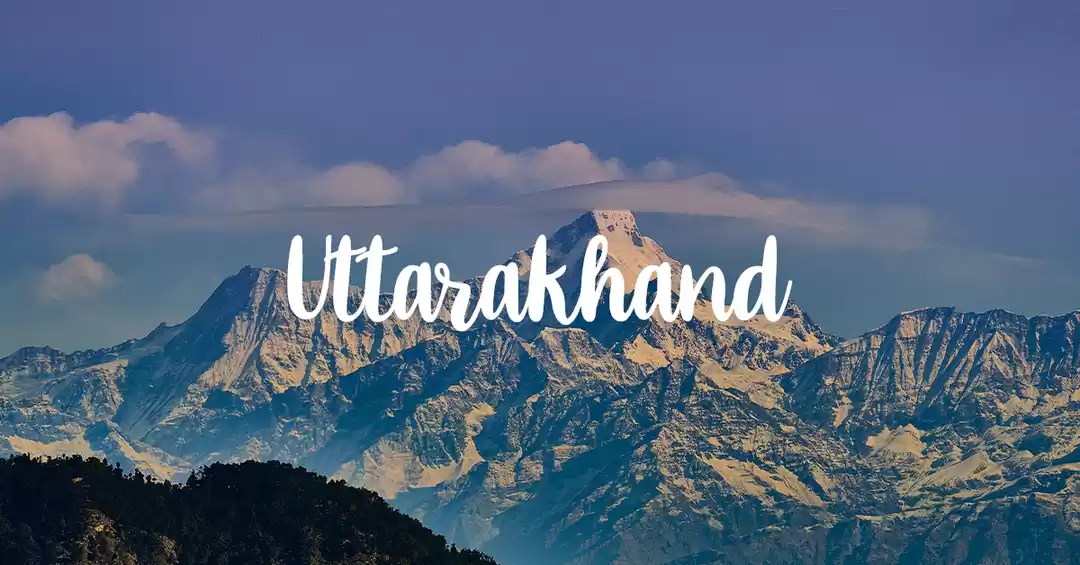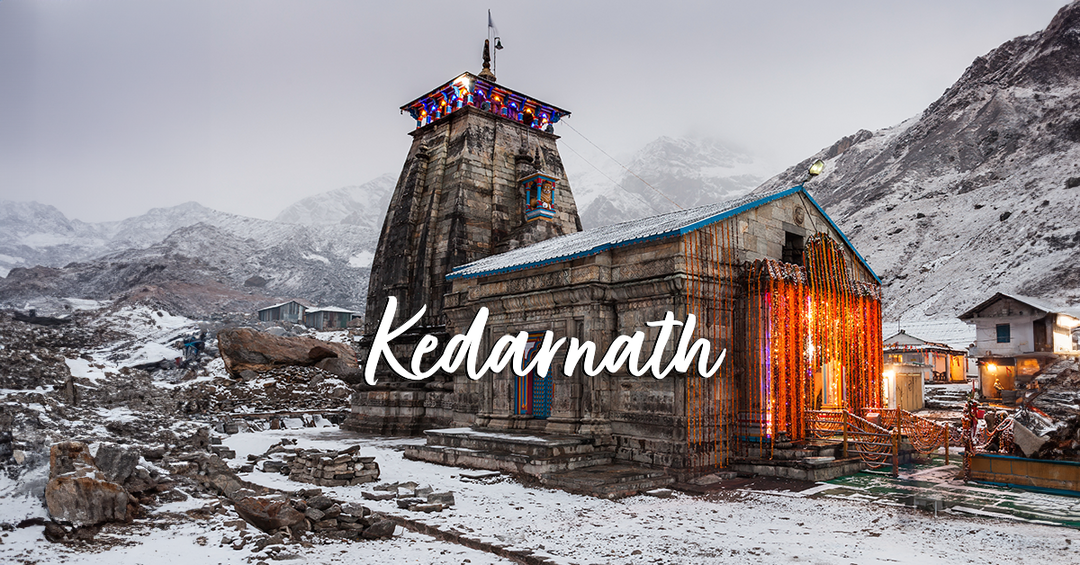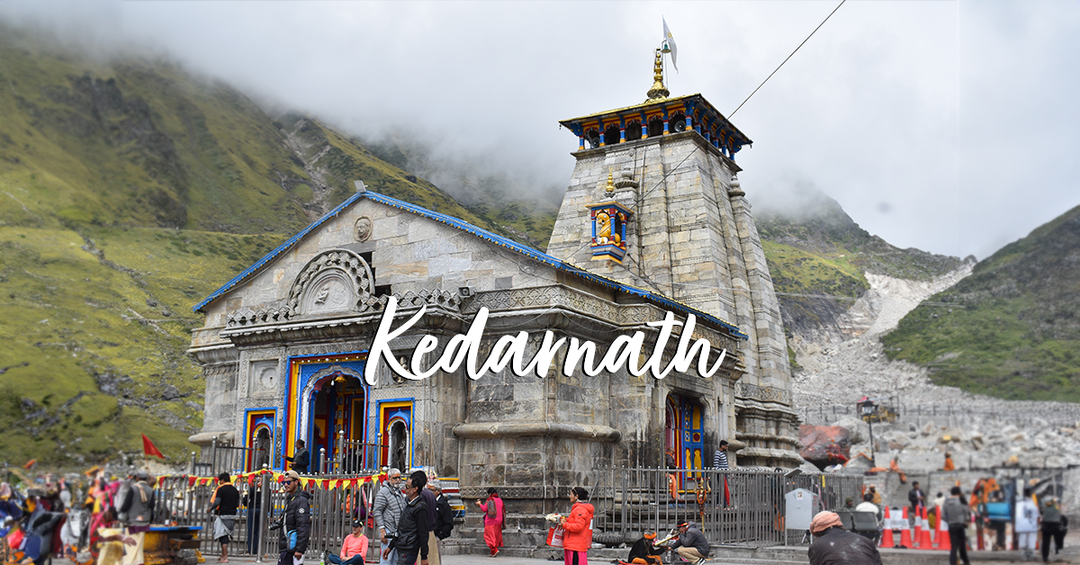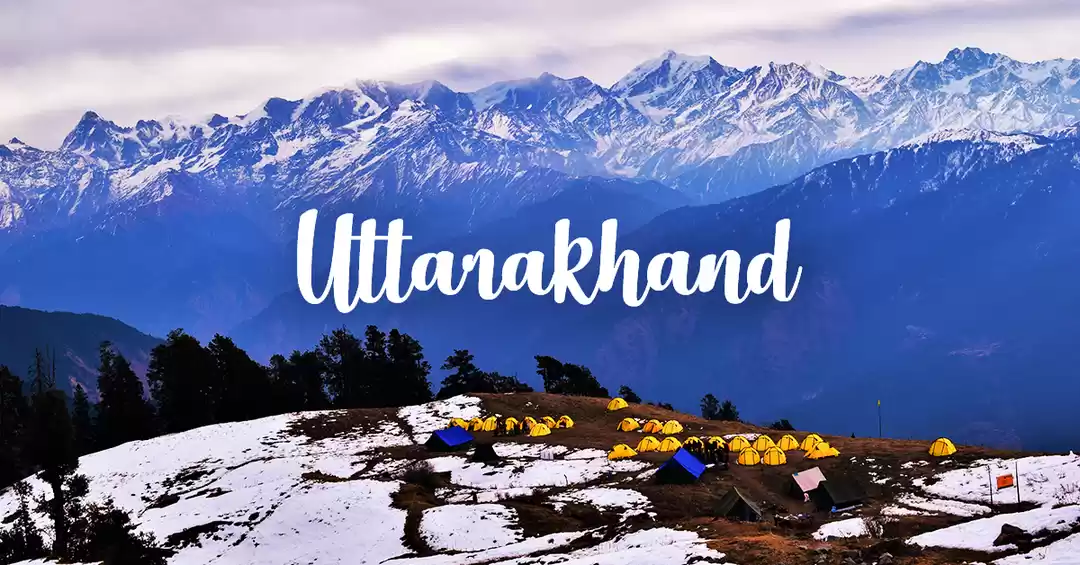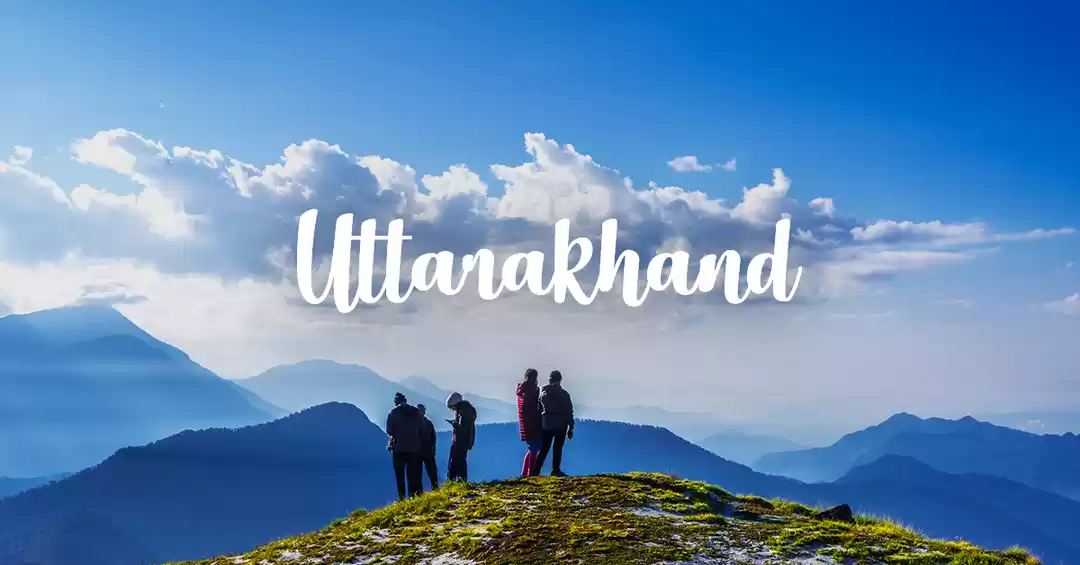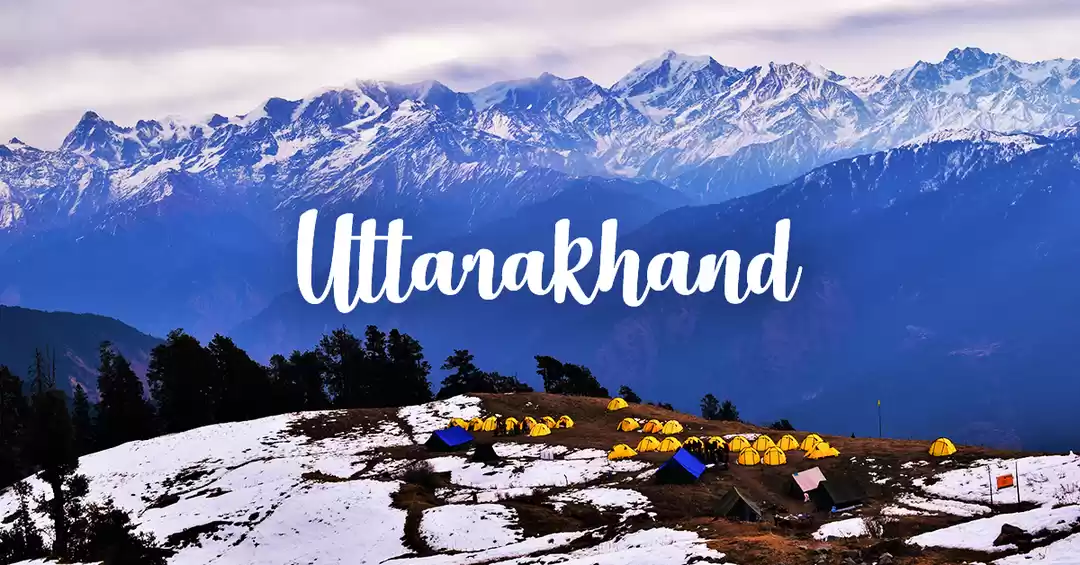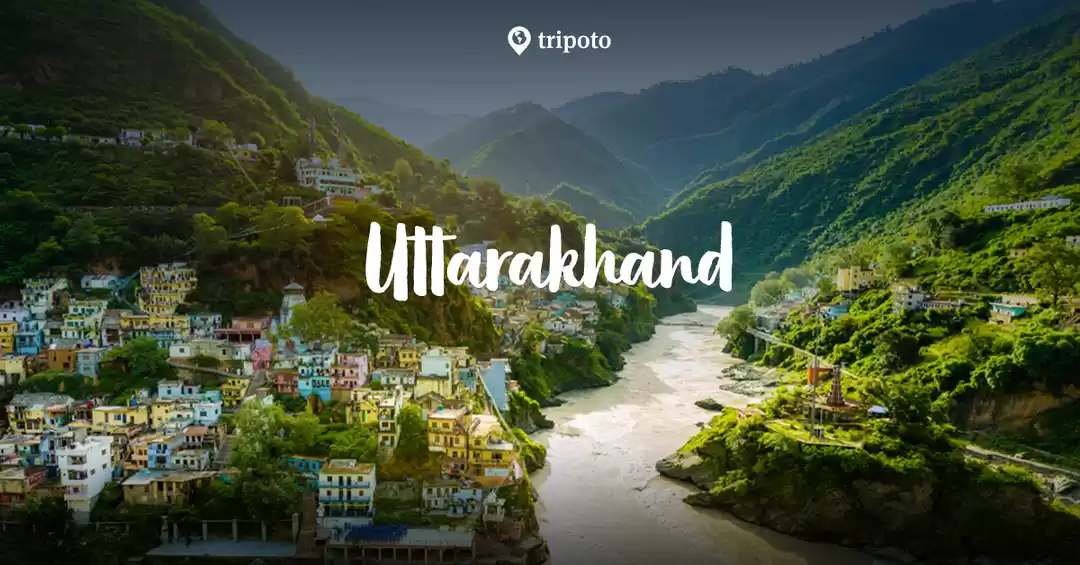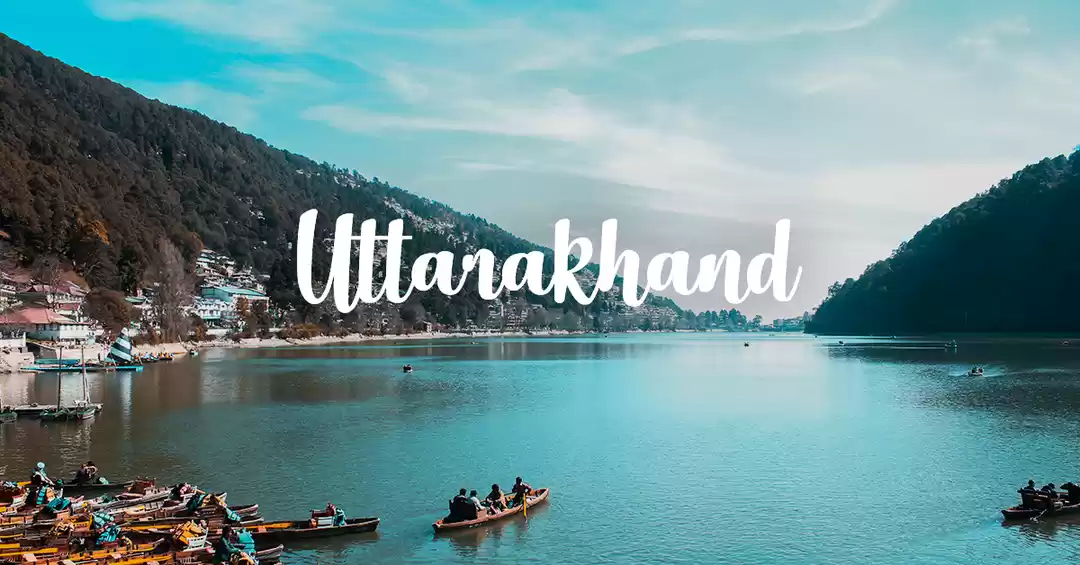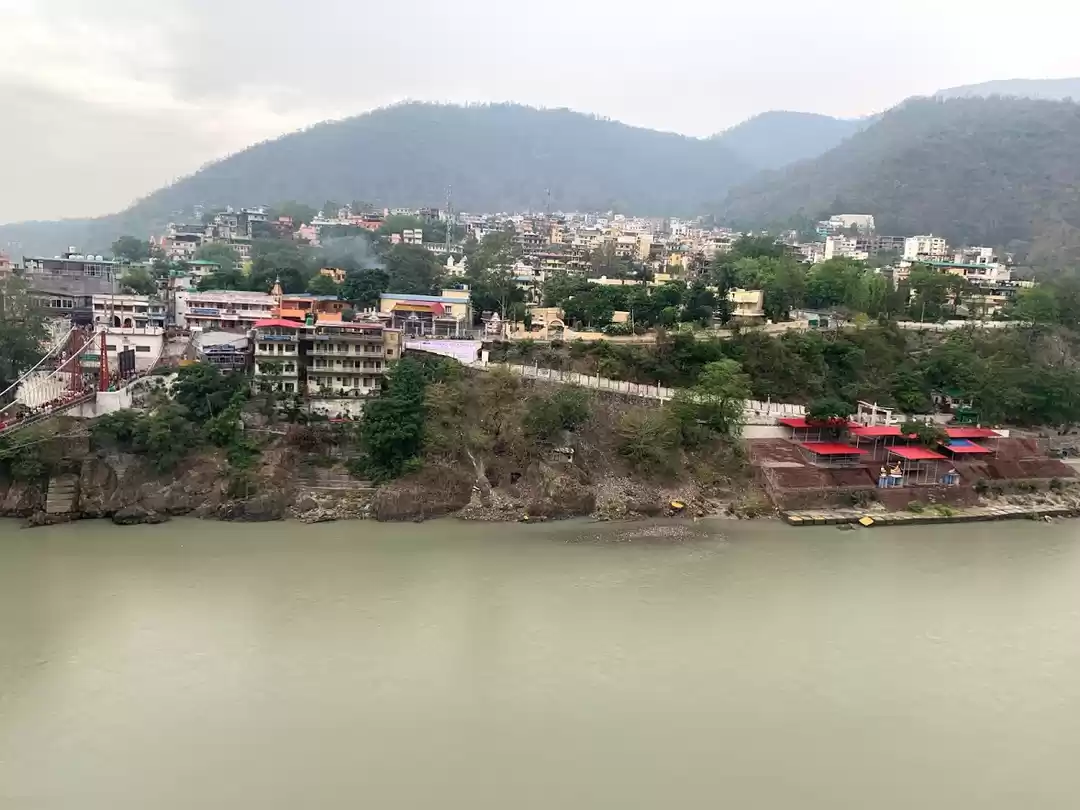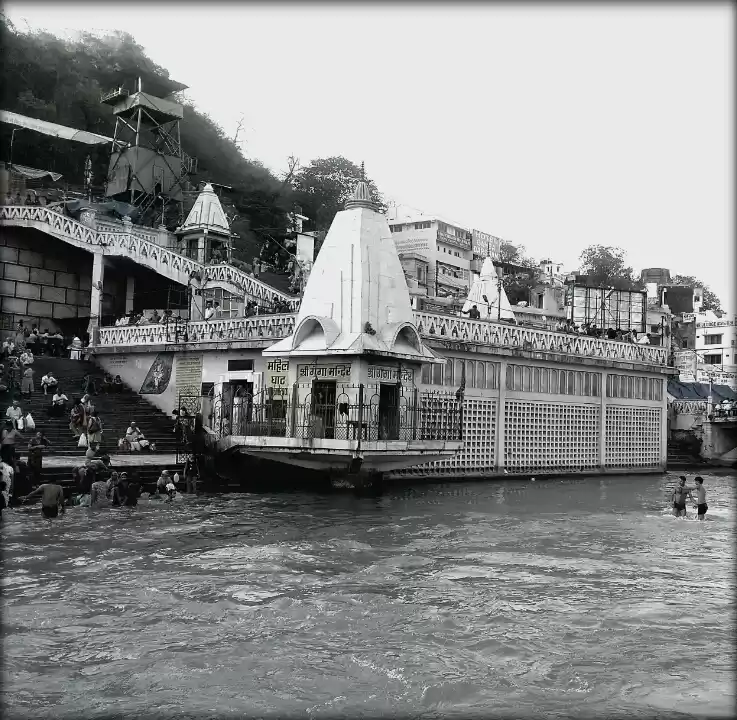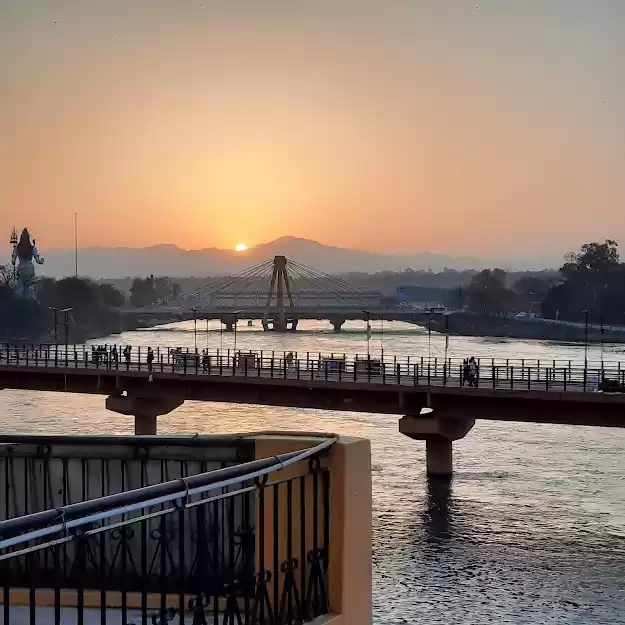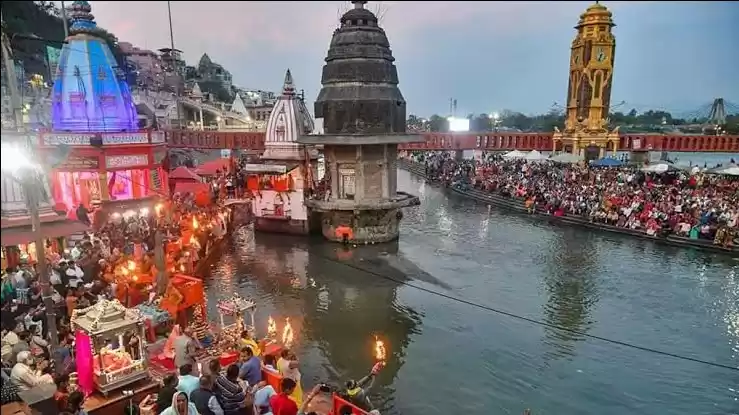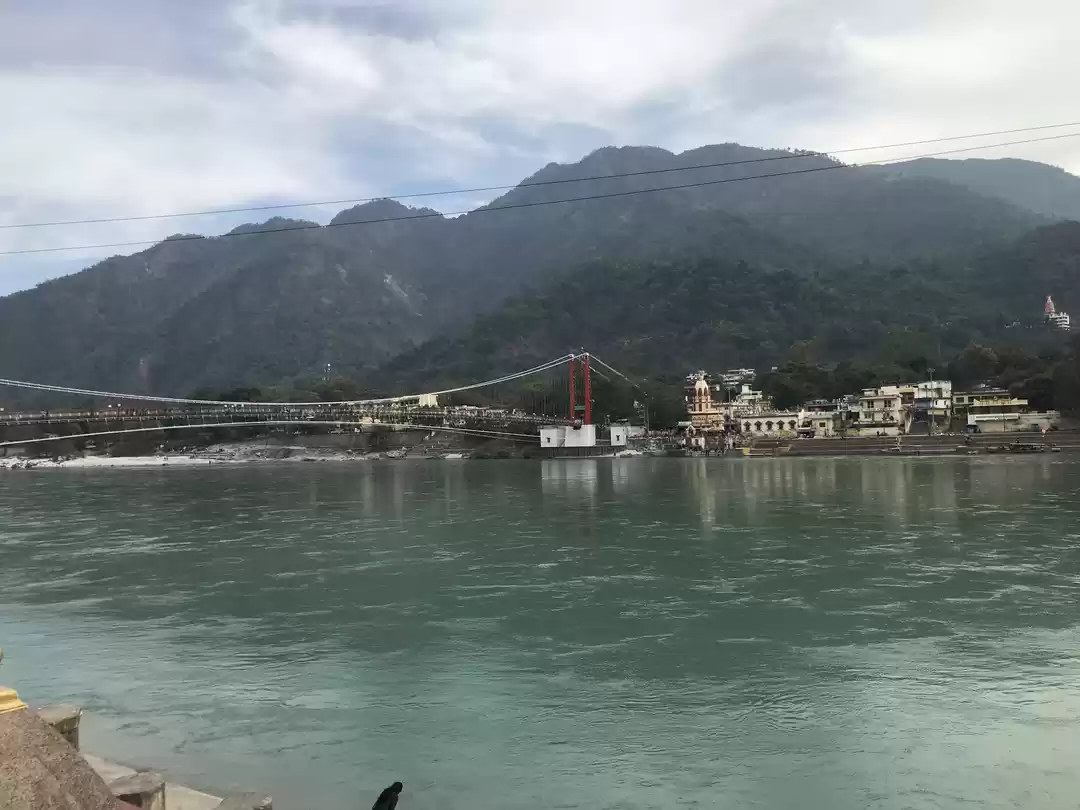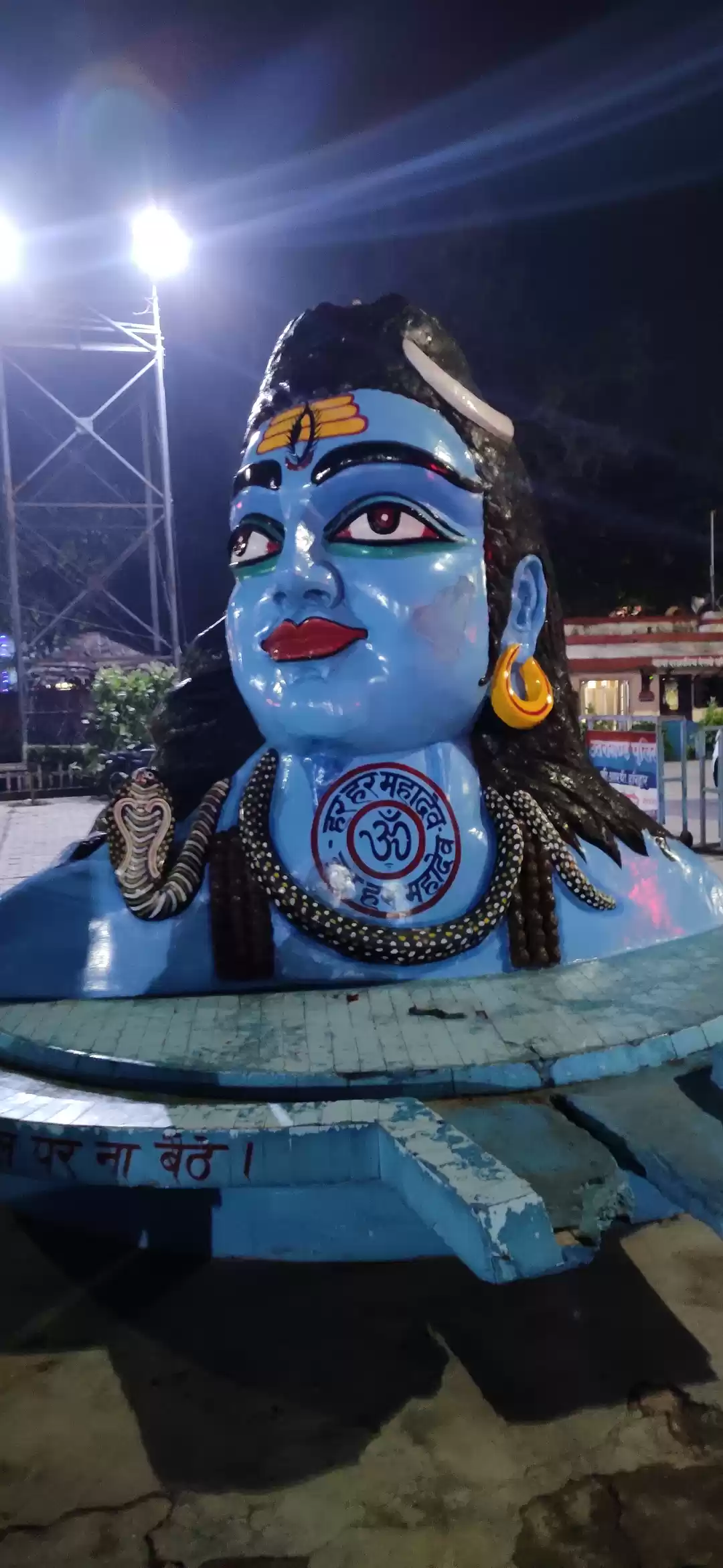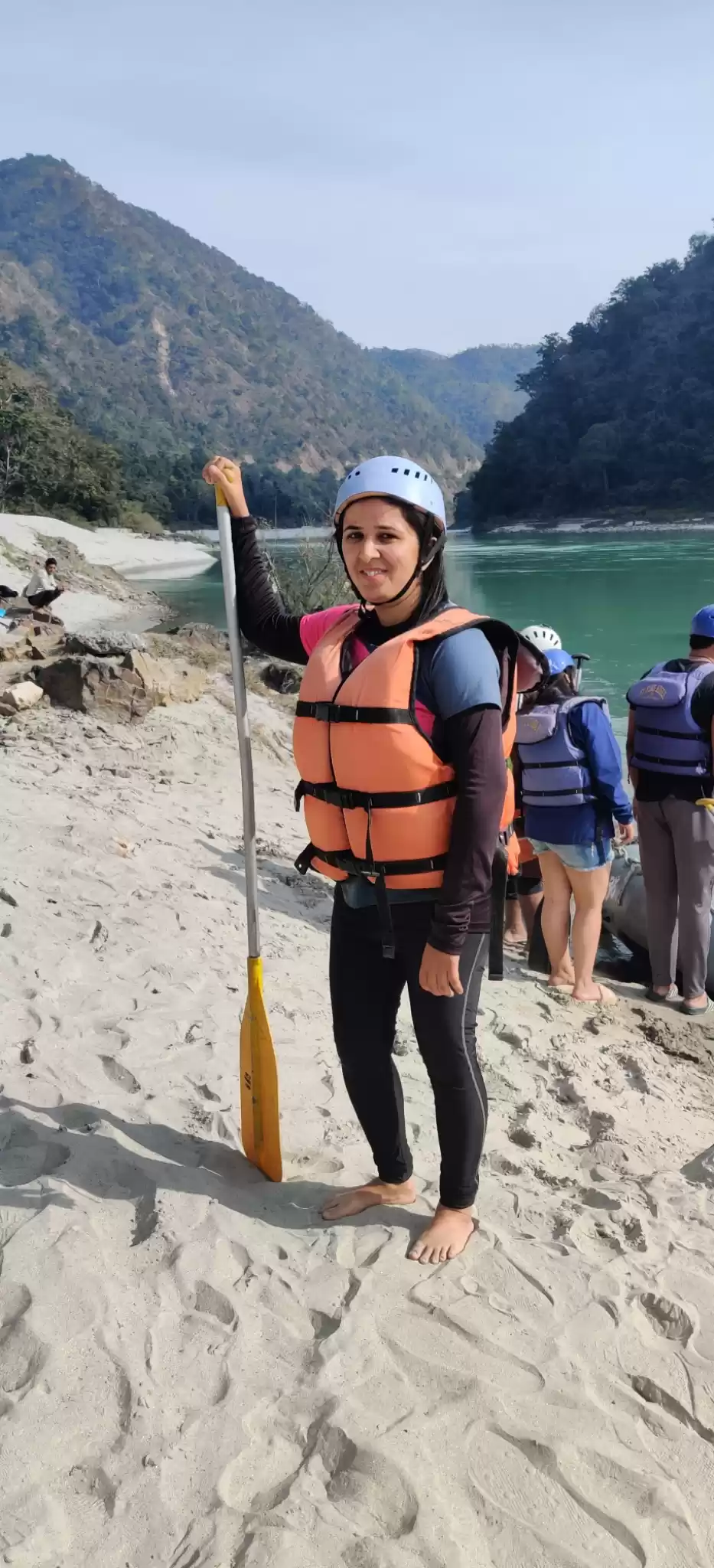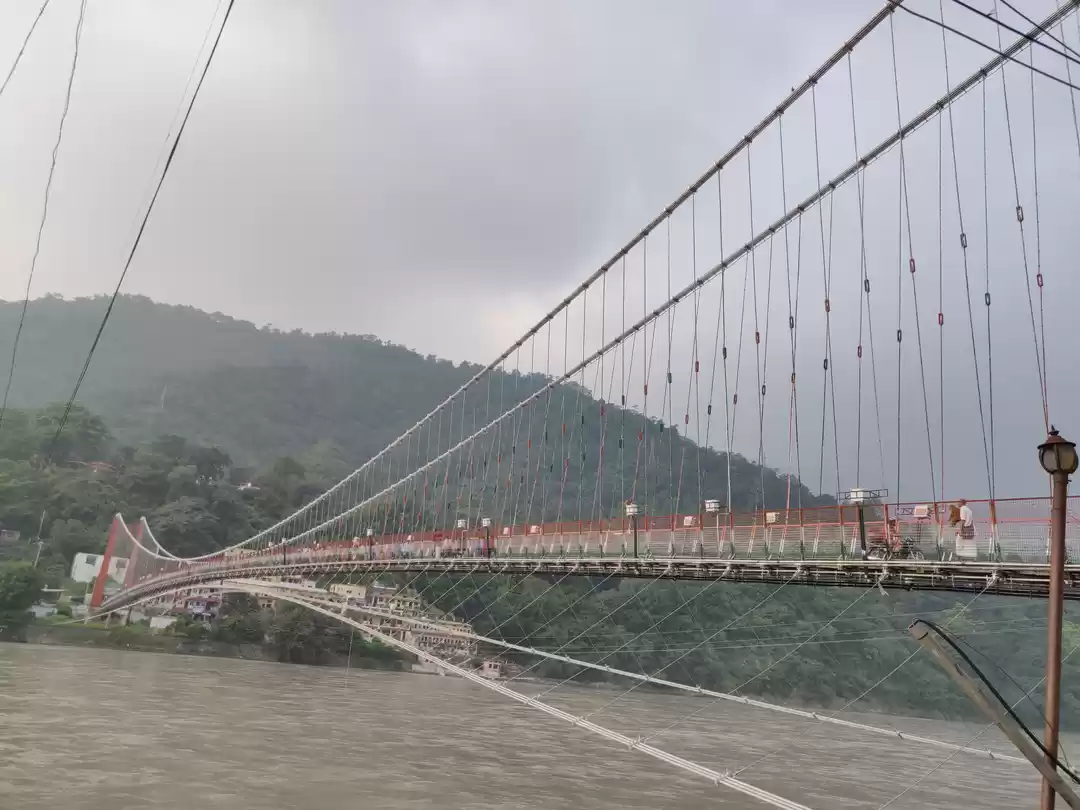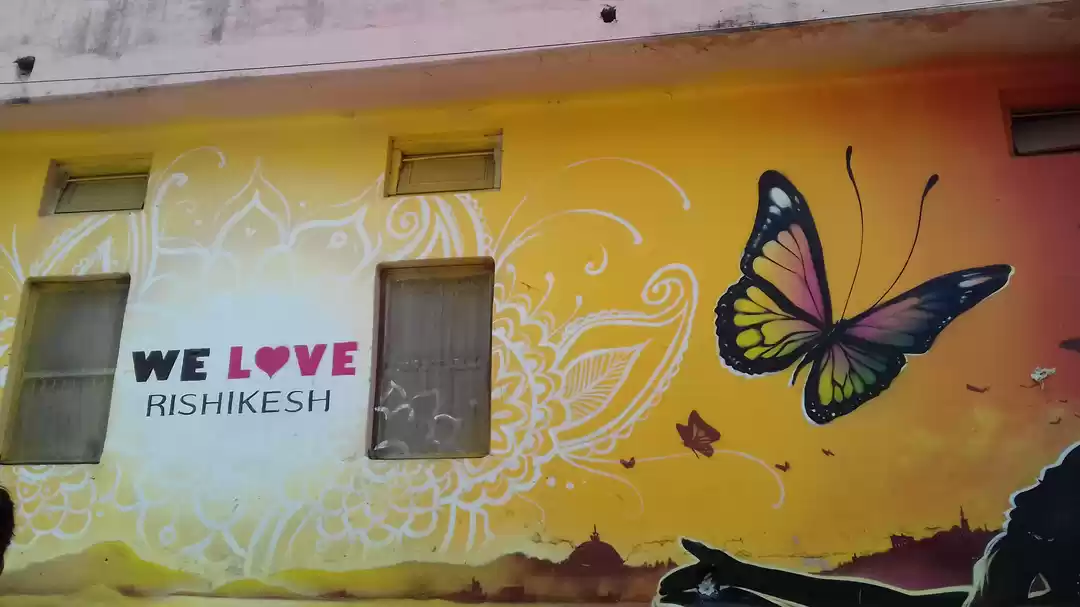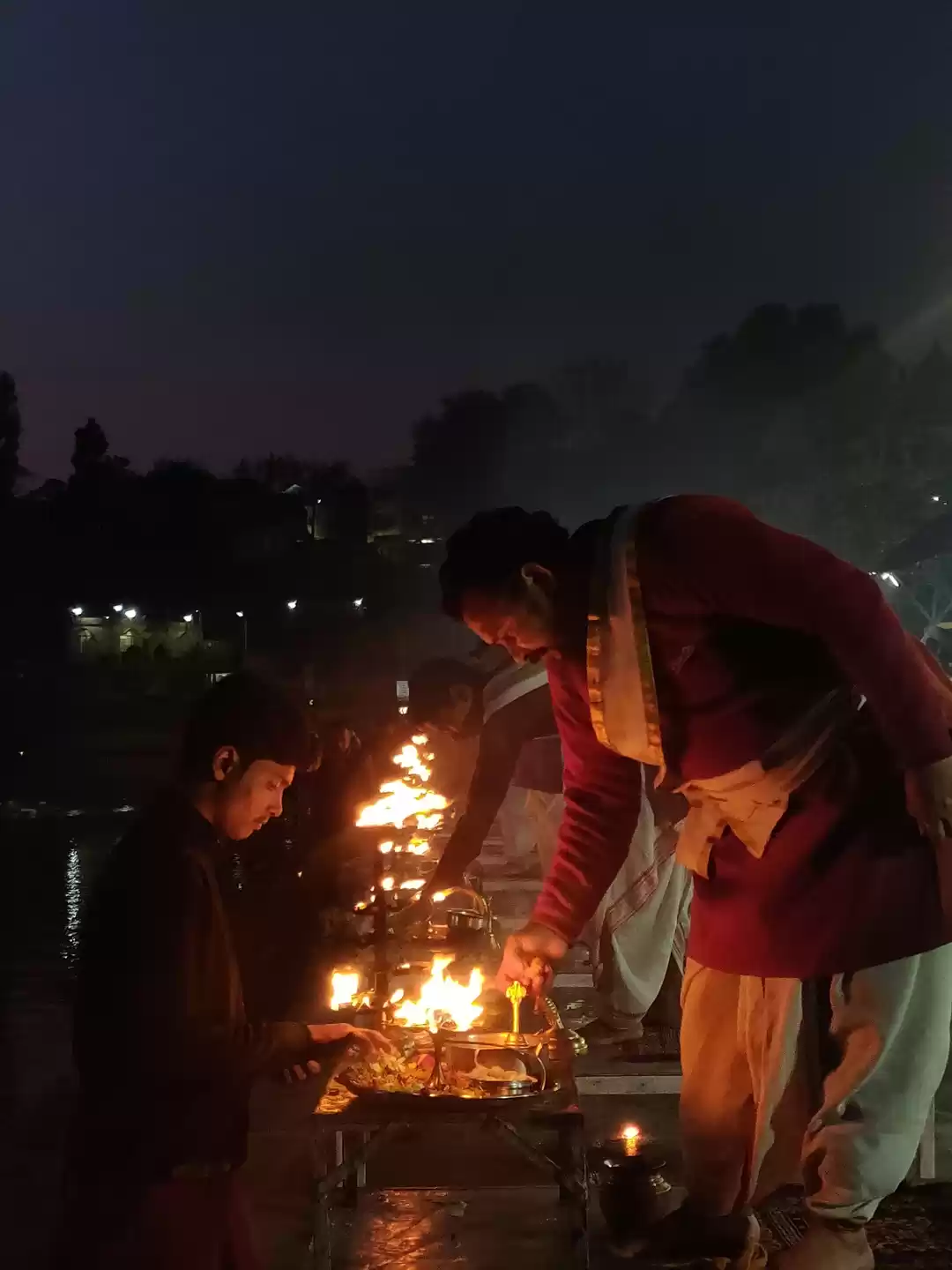
Day 4: Haridwar
We reached the pilgrimage town of Haridwar in the evening after an uneventful 3-hour drive from Corbett.
Haridwar has an excellent rail network and is well-connected by trains from almost all the major cities across India. The roads are also linked to various places nearby and the city can be reached by taxis, buses and other private vehicles.
The temple town of Haridwar is the gateway to the Char Dham or the four pilgrimage centers - Badrinath, Kedarnath, Gangotri and Yamunotri. It is also known for hosting the Kumbh Mela, one of the biggest religious festival fairs in the world.
People from across India and abroad throng the city to visit the several temples that dot the river banks and to experience the spirituality of Haridwar.
The Ganges, popularly called The Ganga, the longest river in India is considered sacred for the Hindus and Buddhists who believe that taking a dip in the river helps in removing sins and attain moksha or liberation from the cycle of life and death. Haridwar, also known by its ancient names of Gangadwara, Kapilasthana and Mayapuri, is the exit point of the Ganga from where the river enters the plains after traversing the northern hills. The city is called both Hardwar or Gateway to Lord Shiva (Har) and Haridwar or Gateway to Lord Vishnu (Hari) by the followers of the respective Gods.


I had only one desire while searching for a hotel in Haridwar and Rishikesh – proximity to the Ganga and river view rooms. But we were in for a big disappointment when we reached our hotel The Urmi. Though our hotel had boasted of river-facing rooms on their website and brochures, we found that the hotel was located on the opposite side of the ghats and all we could see was the noisy, crowded street. A travel tip – Never believe the colorful photo-shopped pictures posted on the hotel websites. 90 % of the time, the rooms or other facilities mentioned on the site does not live up to our expectations.
After checking in and dropping our luggage, we hurried out to reach the river ghat to witness the famed Ganga Aarti. We took a cycle -rickshaw and headed towards one of the several ghats on the Ganges.

It was a 10-minute ride through the narrow bylanes of the city. We were dodging between several other rickshaws, bikes, people, cabs and even cows jostling for space. Colourful shops lined the road selling a variety of products ranging from clothes, utensils, sweets, food, and souvenir items. The sight was both fascinating and lively.
Our first glimpse of the Ganga brought a wonderful sense of serenity and piety within our beings that words cannot express. We reached Har ki Pauri which is a revered landmark in Haridwar, famous for the Ganga Aarti. The Aarti had already begun by the time we reached the holy ghat. We sat by the ghat enthralled by the sight and sounds around us. The golden hues of the lit diyas reflecting on the softly flowing river, the collective prayer chants by the priests and the devotees, the chimes of the bells in the temples, and the sea of humanity thronging the river banks all added to the magical experience.
We sat by the riverside for some time, enjoying the peace and tranquility of the place.
For most of the people, especially who reside nearby, the Ganga is not just a river. She holds a special place in their hearts. It is a lifeline and a source of energy for the people. The Gangajal is considered sacred and revered by everyone.

For the past few days, I noticed that there was no constant urge to keep looking at my smartphone to check the pointless notifications and messages emanating from social media. I felt sort of liberated from this tech-addiction. It felt good to let the world slip away for a few days and spend these precious moments for introspection and look inward.
We made our way back from the ghats and strolled along the crowded gullies of the town. Our friends and relatives back home had instructed us to bring them the holy water of the Ganga so we bought a few small empty canisters to fill small amounts of the Ganga water. Shopping was anyway, not on our agenda and we roamed around in search of some local food stalls to sate our hunger.
Street food in Haridwar and Rishikesh has a lot to offer for the gastronomically inclined. As we navigated our way through the lanes of Haridwar town, delicious aroma wafted towards us from the many eateries lining the street. We made enquiries for a restaurant by the name of Hoshiyarpuri, which was supposed to be quite popular among tourists and locals alike. We found the place after walking around for some time. It was crowded and noisy but we could grab a table after a short wait.
It was a delicious dinner comprising of Lacha Parathas (flaky Indian bread}, Dal Makhani (Lentils in a rich, buttery gravy} and Aloo Gobi (spicy potato and cauliflower curry}. We couldn’t resist the kheer (rice and milk pudding} which was creamy and sweet.
It was a particularly hectic and tiring day, but we retired for the night in a happy and peaceful frame of mind, eager for the surprises the next day held for us.
We started our morning with a steaming, frothy milk in kulhars (earthen pots} and a plate of hot and crispy kachoris (fried savories} with a tangy chutney and spicy aloo ki sabzi as accompaniments, from a small food joint just outside our hotel.
Haridwar cuisine is dominated by vegetarian North Indian food. From mouth-watering aloo puri, chole bhature, deep-fried, golden samosas, a variety of chaats to the ever-popular staple meal of “thali”, these lip-smacking delicacies can be enjoyed at any time of the day. Haridwar is famous for its best quality milk and milk products. For the sweet lovers, jalebis, rabri, rasmalai and gulab jamuns made with pure ghee can be savored at any of the food joints dotting the lanes.
Day 5: Rishikesh
It is just a half-hour drive from Haridwar to Rishikesh. After checking in at the hotel and a leisurely breakfast, we set out to explore the holy town of Rishikesh.
Rishikesh, (also called as Hrishikesh), situated at the foothills of the Himalayas along the banks of the mighty Ganga, is a place for the spiritually inclined, adventure-seeking and nature-loving tourists from all over the world. It is also known as the world's Yoga capital and is home to several centers and ashrams, teaching Yoga and the art of meditation. Rishikesh is also the gateway to Himalayan trekking, camping and backpacking, Tourists from India and abroad visit the holy city seeking enlightenment through the various physical and mental fitness and relaxation techniques, meditation and yoga.
It is best to avoid the summer months to visit Haridwar – Rishikesh for those who want to enjoy adventure sports like river-rafting or bungee jumping. But the months of April to June are ideal for undertaking the Char Dham Yatra. As the monsoon sets in around the end of June, travelling is not advisable till September due to landslides and floods due to the swollen rivers.
We had a scrumptious lunch of steaming rice, lentils and a spicy dish made with local vegetables at the hotel. Satiated, we set out to explore the city.
We happily strolled through the town, and spent most of the afternoon relaxing at the cafes having views of the vibrant, emerald Ganga. The lanes were crowded with tourists and locals thronging the small shops selling religious paraphernalia and other souvenirs items to take back home.
Rishikesh is one of the places in India where you can witness the daily evening ritual of Goddess Ganga Aarti at the several ghats along the riverside. The ceremony transcends the boundaries of language and culture and attracts people from all walks of life.
As the time clock ticked closer towards 6 pm, we quickened our paces to reach the venue of the Ganga Arti on time and not miss the rituals.
As the last rays of the Sun reflected off the tranquil waters of the Ganga, all of us gathered at the Triveni Ghat to witness the divine ceremony. We sat on the banks and waited patiently for the rituals to begin. We observed the priests going about their daily routines and preparing for the puja.

Most of the devotees had settled comfortably on a white sheet spread on the floor, the women covering their heads in reverence and started singing bhajans. We spotted a few foreigners also singing along with equal devotion, eyes closed and hands folded.
As dusk descended upon us, the priests lined the ghats by the river and started moving the heavy lighted lamps or diyas in a circular, synchronized manner as an offering to the deity. The chanting of the bhajans, the reflection of the hundreds of lighted lamps floating on the glittering waters of the river, the aroma of incense & flowers and the thousands of devotees piously swaying their heads, all add up to the magical ambience.




We headed towards the famous Laxman jhula and Ram Jhula.
We crossed the iconic Laxman Jhula, a hanging bridge across the river Ganga connecting the two villages of Tapovan and Jonk. It is a popular tourist attraction and is famous for the many temples surrounding it, including the Terah Manzil temple, the Lakshman temple and the Trayambakeshwar temple.

The Ram jhula pul (bridge) is another iron suspension bridge over the holy river Ganga, a few miles downstream from Laxman jhula. The bridge connects Shivananda Ashram on the eastern bank and Swarg Ashram on the western side of the Ganga. We had a walking tour on the bridge taking in the awesome views of the gushing waters of the river below and the city of Rishikesh, surrounded by the Himalayas.


The next day, we made a fleeting visit to the Beatles Ashram, formerly called Chaurasi Kutia Ashram, founded by Maharishi Mahesh Yogi. The place received a lot of recognition globally because of the famous music band, The Beatles, who had visited the legendary Ashram in the late 1960s and stayed for a few days to learn Yoga and Transcendental Meditation.
The Ashram had been abandoned for a long time and most parts of the premises are in ruins. It was finally reopened by the Uttarakhand Forest Department and converted into an eco-tourism destination. The Ashram is situated on a portion within the Rajaji National Park with the river Ganga flowing gently nearby. Due to time constraints, we couldn’t cover the whole property but I mentally promised myself to make it a priority on my next visit to this incredible place called Rishikesh.


